Your muscles contract in response to messages delivered from your brain via neural impulses, and messages travel to your brain from muscles via neural channels. But sometimes injury or overuse can disrupt normal neural channels, interfering with the way your brain and muscles communicate. When that happens, it can interfere with efficient movement and increase your risk of injury and disability.
Neuromuscular therapy is designed to restore optimal communication pathways between the brain and muscles by eliminating impediments to pain-free functional movement. When combined with physical therapy, regenerative therapies and fascial manipulation can help eradicate factors that disrupt neuromuscular pathways.
or
Dr . Kalika’s journey with myofascial pain began with an internship at Prague’s Charles University Hospital, where he studied under world-renowned pioneers in myofascial pain treatment, professors Karel Lewit, MD (the inventor of dry needling), and Dr. Vladimir Janda. He later worked with Pavel Kolar, PT, PhD who developed dynamic neuromuscular stabilization (DNS).
Dr. Kalika was among the first to be certified in DNS therapy in 2010. He later collaborated on multiple scientific studies with Dr. Rostyslav Bubnov, MD, PhD, one of the best-known scientists in myofascial pain, and the inventor of ultrasound guided dry needling. After experimenting with high resolution ultrasonography and sonoelastography, Dr. Kalika further developed and shaped his unique approach by adding fascial tissue therapy, combining the Stecco fascial approach with different forms of shockwave therapy and radiofrequency technology.
Dr. Kalika is an active member of the International Myopain Society. You can find more information about Dr. Kalika’s research here.
There are dozens of physical therapy clinics in Manhattan, but only a handful offer the latest methodologies and technologies that put them on the cutting edge of rehabilitative medicine. Even fewer clinics provide personalized one-on-one treatment protocols based on quantitative diagnosis. Consequently, physical therapy often falls short of resolving pain syndromes or movement disorders, leaving patients without hope for full recovery.
At NYDNRehab, we embrace innovations that enhance our diagnostic capabilities and elevate the quality and success rate of patient care. Our goal is to help each patient achieve successful recovery from pain and disability, in the shortest time possible. As sports medicine specialists, we work closely with our injured athletes to ensure they are 100% ready, both physically and mentally, to return to physical activity.
Prior to beginning physical therapy, we address obstacles like entrapped nerves, adhesions and myofascial abnormalities that inhibit optimal movement. We use the highest resolution diagnostic ultrasound to identify factors contributing to the patient’s symptoms, and eliminate them using cutting edge technologies and therapies that are rarely available in private physical therapy clinics.
Once the healing process is underway, we are able to track and monitor your progress using musculoskeletal ultrasound, sonoelastography and superb microvascular imaging. Those technologies guide us in fine-tuning your treatment protocol, to ensure that your therapy is successful.
Our personalized approach to patient care, backed by evidence-based methodologies, ensures that our patients achieve success in overcoming their physical pain and dysfunction in the shortest time possible.
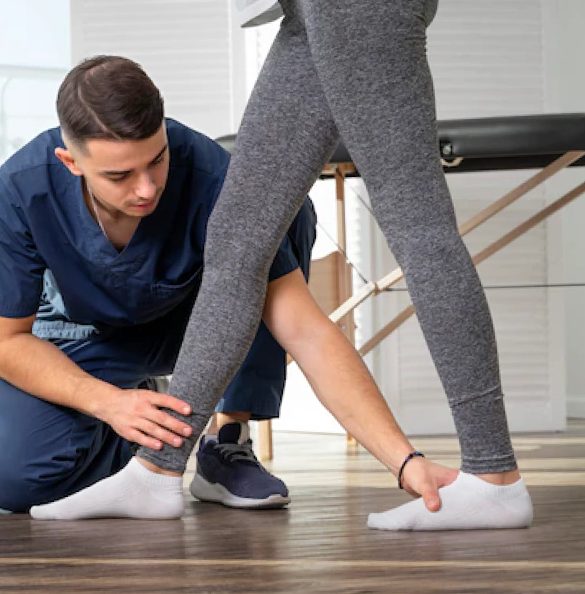
Muscle pain and tightness
Reduced/limited joint range of motion
Stiff achy muscles and joints
Muscle weakness
Muscle cramps
Ischemia (reduced blood flow) due to tight tissues
Myofascial trigger points
Nerve entrapment or impingement
Poor posture
Faulty gait mechanics
Neuromuscular conditions are often diagnosed based on symptoms alone, and treatment is then directed toward the locus of pain. But the neuromuscular system is a complex and intricate network of nerves and soft tissues, and pain in one area of the body often has its origins in a location far away.
At NYDNRehab, we use the most advanced technologies to locate and identify the underlying cause of neuromuscular pain and dysfunction. In addition to a thorough health history and physical exam, we use high-resolution diagnostic ultrasonography to visualize the muscles and nerves in real time. We often follow up with high-tech 3D gait analysis, biomechanical analysis, and a battery of tests and assessments, to get a full picture of your condition.
Once your diagnosis is complete, we use your unique profile to create a personalized treatment plan, just for you.

Patients often come to us with pain that interferes with normal movement. Prior to beginning physical therapy, we address underlying issues such as entrapped nerves, adhesions and scar tissue, myofascial trigger points, gait and/or biomechanical anomalies, and other issues that stand in the way of successful physical therapy.
Initial treatment methods may include:
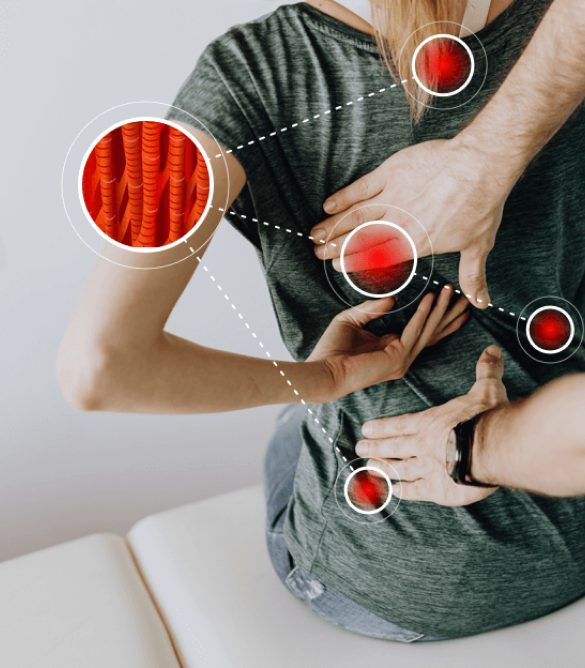
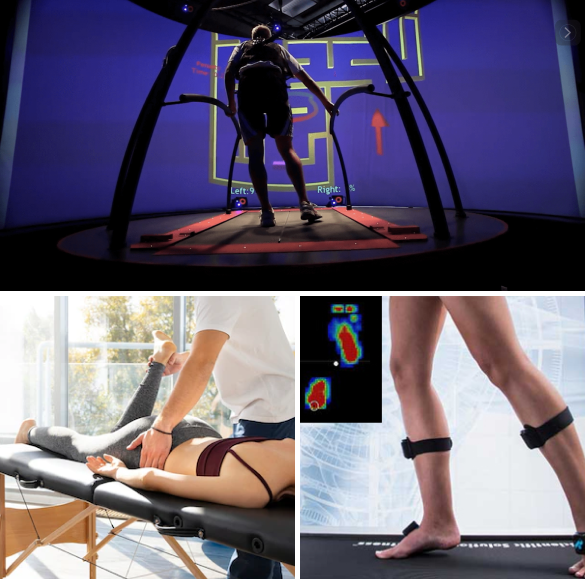
Your physical therapy protocol may include:
The neuromuscular system is driven by electrical impulses, and the body has its own magnetic fields. Electromagnetic pulses and frequencies coming from outside the body can have a profound impact on human cellular biology. New regenerative technologies are able to harness those energies and direct them toward injured and dysfunctional tissues, to stimulate a healing response at the cellular level.
produces high frequency sound waves to stimulate the body’s reparative mechanisms. It is especially effective for degenerative tendon disorders and myofascial pain.
transmits high energy magnetic pulses that synchronize with the body’s own magnetic fields, triggering a regenerative response.
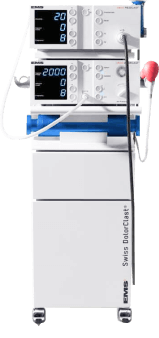
Extracorporeal Pulse Activation Technology (EPAT)
also known as defocused shock wave therapy, uses acoustic pressure waves to enhance blood circulation to targeted tissues.
uses electromagnetic fields to penetrate cells, tissues, organs and bones, to reactivate the electrochemical function of cells and cell membranes.
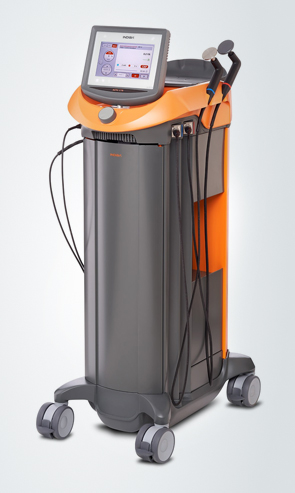
uses a biphasic low-frequency electrical current to emit a series of intermittent and cyclical stimuli, to calm hyper-excited nerves and restore optimal neural signaling to the brain.
uses electrical current to increase the exchange of ions in damaged cells.
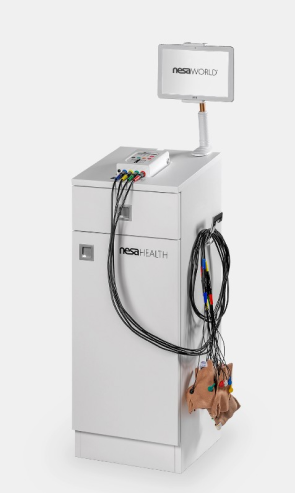
Injection therapies like platelet rich plasma (PRP) and prolotherapy use natural/neutral solutions that stimulate cellular repair by either nourishing or irritating the targeted cells. Guidance by ultrasound ensures that the injected substances hit their mark, for maximum effectiveness.
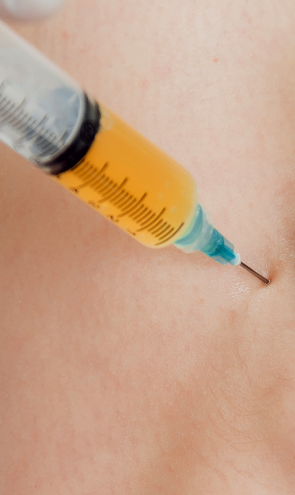
PRP therapy uses a sample of the patient’s own whole blood, which is spun in a centrifuge to extract a high concentration of platelets. When injected into damaged tissues, PRP initiates tissue repair by releasing biologically active factors such as growth factors, cytokines, lysosomes and adhesion proteins. The injected solution stimulates the synthesis of new connective tissues and blood vessels. PRP can help to jump-start healing in chronic injuries and accelerate repair in acute injuries.
Prolotherapy uses a biologically neutral solution, often containing dextrose, saline or lidocaine. The solution irritates the affected connective tissue, stimulating the body’s own natural healing mechanisms to encourage growth of new normal ligament or tendon fibers.

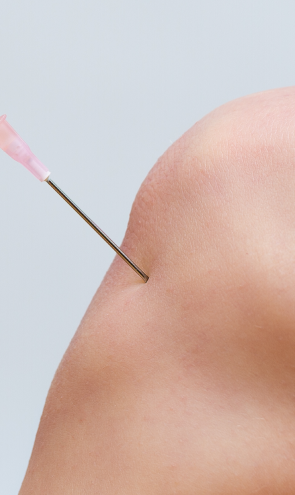
targets myofascial trigger points that often contribute to neuromuscular pain.
injects a biologically neutral solution to irritate affected tissues, stimulating the body to grow new normal ligament or tendon fibers.
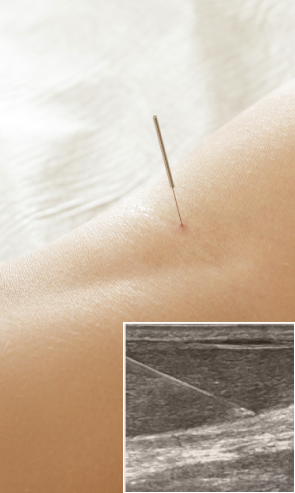
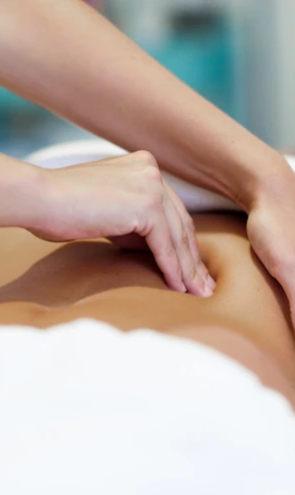
uses deep manual friction to reduce the density of damaged tissues, freeing up tissue layers and making them more fluid.
taps into your body’s inherent developmental movement patterns, to restore functional movement and promote mobility and stability.
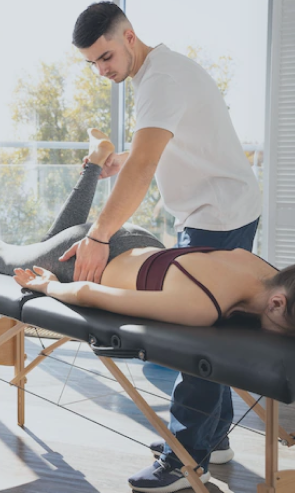
Your body is designed to move freely, without pain or disability. Daily activities, lifestyle habits, trauma, sports, exercise and occupation can all contribute to neuromuscular disorders than interfere with pain-free movement. Neuromuscular therapy can help to restore unrestricted movement, so you can enjoy the very best quality of life.
You don’t have to live with neuromuscular pain and disability. Contact NYDNRehab today, and let a certified neuromuscular therapist help to restore fluid pain-free movement.
Dr. Lev Kalika is a world-recognized expert in musculoskeletal medicine. with 20+ years of clinical experience in diagnostic musculoskeletal ultrasonography, rehabilitative sports medicine and conservative orthopedics. In addition to operating his clinical practice in Manhattan, he regularly publishes peer-reviewed research on ultrasound-guided therapies and procedures. He serves as a peer reviewer for Springer Nature.
Dr. Kalika is an esteemed member of multiple professional organizations, including: